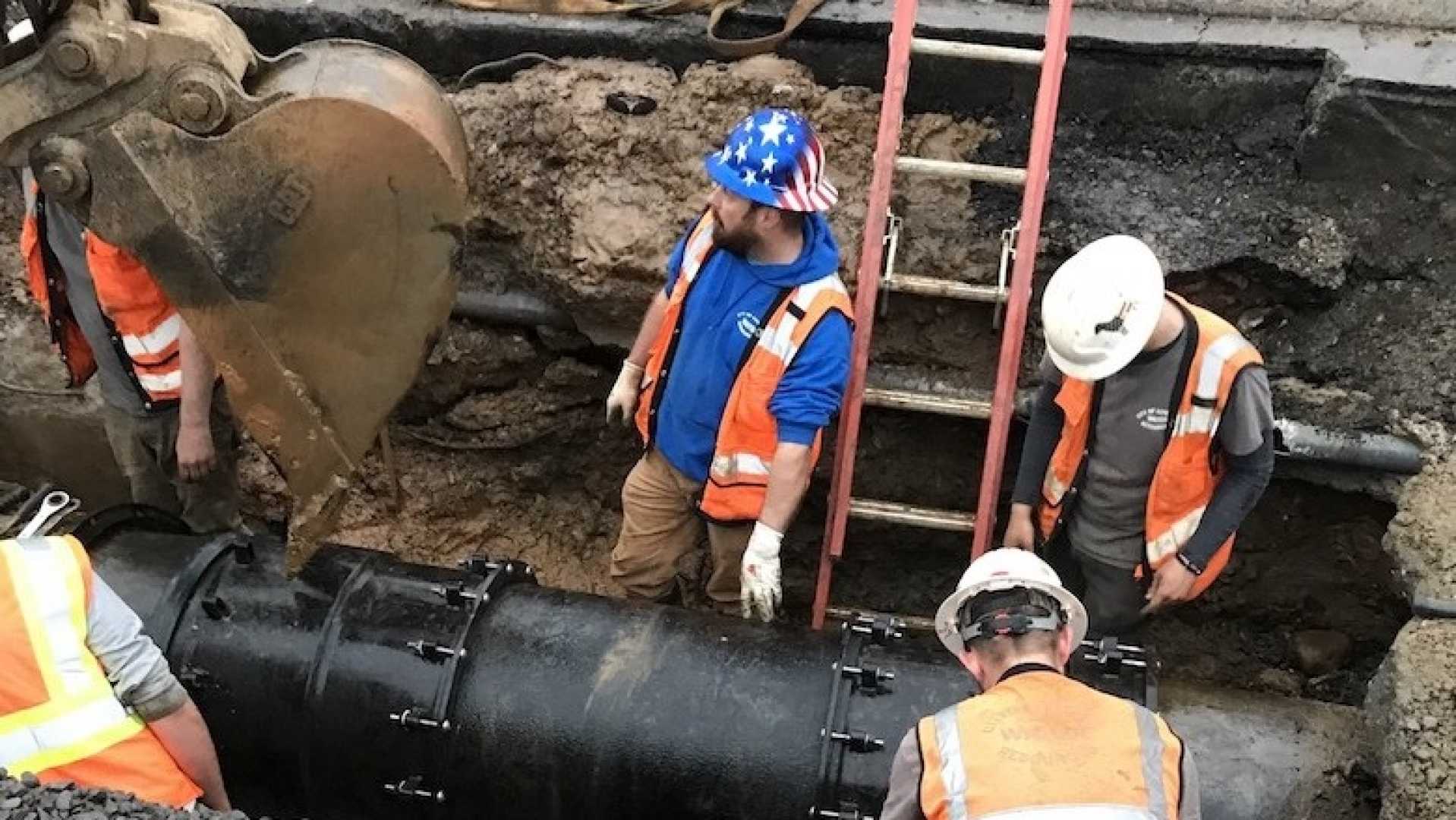News
Asheville, NC Sees Gradual Restoration of Running Water After Hurricane Helene

Asheville, North Carolina, is slowly recovering from the devastating effects of Hurricane Helene, with running water beginning to be restored in various parts of the city. The water system, severely damaged by the storm, has been a major focus for city officials and residents alike. According to Asheville Assistant City Manager Ben Woody, water is now flowing again in parts of the city’s water system, 19 days after the storm destroyed main distribution lines from the North Fork Reservoir.
The city’s Water Resources Department is currently able to flow about 12 million gallons per day into the distribution system, primarily for flushing and expanding water service. Areas closest to North Fork, generally those in the eastern part of Buncombe County, were the first to receive water. As of Monday, areas likely to get water in the coming days include those east of the French Broad River, with downtown Asheville and North Asheville expected to see service restoration soon.
Despite the progress, the water is not yet potable and remains heavily chlorinated. The city has been using fire hydrants to flush the system, with initial murky and brown water gradually clearing up. However, boil water advisories remain in place, and residents are advised to flush their home water systems for 15 minutes once water is restored.
The restoration process is incremental and slow, with the city needing to pressurize and repair line breaks before expanding service further. A preliminary map outlining the expected restoration zones has been provided, showing areas that are or will soon be receiving water. The city has declined to give a specific timeline for full restoration, citing the complexity of the system and the need to manage different pressure zones.
Volunteers and external support have been crucial in the recovery efforts. Teams from D.C. Water have arrived to assist with the water and sewer systems, highlighting the ongoing challenges faced by the city.
Residents continue to face significant challenges, with many still relying on alternative methods for basic needs like flushing toilets. The community remains resilient, with many sharing updates and support through social media and local forums).












